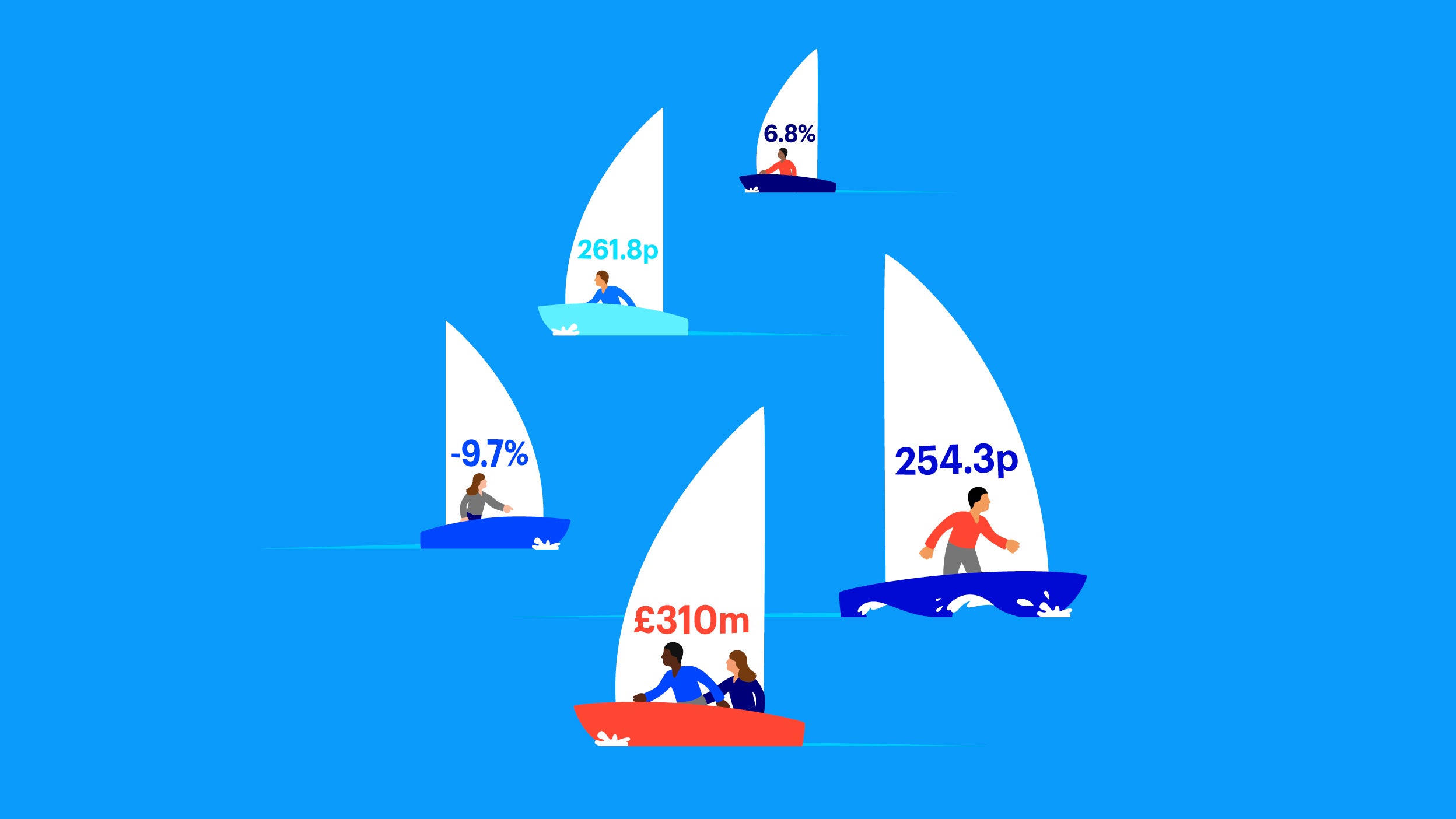How are investment trusts and funds similar?
Both investment trusts and funds are what’s known as ‘collective investments’. This means investors pool their money to create a larger sum that is then invested by an asset manager, who makes the decision on which companies to buy, which sectors to invest in, and which geographies investors should be exposed to.
Is there a major difference in collective investments?
Yes, the fundamental difference between investment trusts and funds is how they are structured. You may hear of investment trusts referred to as ‘closed-ended funds’ or even an ‘Investment Company’, and funds being referred to as ‘open-ended investment companies’ (OEIC), or Investment Companies with Variable Capital (ICVC). Confusingly, funds can also be known as unit trusts.
What does ‘closed-ended’ or ‘open-ended’ mean?
When you invest in an open-ended fund, new units in the fund are created meaning it gets bigger each time a new investor invests. The flip-side of this is that when an investor takes their money out of the fund, it shrinks in size as the units that person owned are cancelled.
Investment trusts work in a different way because they are listed companies with a fixed number of shares in issue. This means if you want to buy a share in an investment trust you have to find someone willing to sell the shares they own, without changing the overall size of the investment trust.
Does the structure of the investment matter?
The structure can be important when stock markets are having a rough ride. In turbulent market conditions many investors want to sell their investments and move into cash. Managers of open-ended funds may have to sell assets in order to give investors their money back; handing the money back to investors is known as a redemption.
This means managers of open-ended funds may be forced to sell at a loss, which could affect the returns of the fund. In a worst-case scenario, if a fund manager cannot sell sufficient assets to meet the redemption demand, then trading in the fund may be suspended.
Investment trusts don’t have this problem as it is the shares of the investment trust that are bought and sold between investors at a price they are both willing to accept, meaning the manager is not forced to sell any assets.
Are investment trusts more expensive than funds?
The investment won’t be more expensive or cheaper to invest in just because it falls under a certain structure, but there is a difference in pricing. Funds are priced per unit and are linked to the value of the assets in the portfolio – they are typically priced once a day.
As investment trusts are listed on the stock exchange, investors pay the price of the shares at that particular time on that particular day so long as it is within the stock exchange trading hours. An investment trust’s share price is governed by supply and demand for the shares. The Net Asset Value (NAV) of an investment trust is governed by the performance of the underlying assets – in other words how well the fund manager is doing.
Depending on these factors, an investment trust’s share price could trade above the underlying value of the portfolio (at a premium), or below the underlying value of the portfolio (at a discount).
Any other big differences?
The ability to ‘gear’ or borrow money sets investment trusts apart from funds. While open-ended funds are not allowed to borrow money, investment trusts can borrow money to invest alongside the money pooled by investors.
The process of ‘gearing’ allows the investment trust manager to take advantage of market opportunities quickly. In a rising market gearing can magnify portfolio gains but it has the reverse effect in falling markets, when losses are increased.
If you are looking for income from your investment, there are some differences to consider. Dividends are also a big differentiator between open and closed-ended investments. Open-ended funds are obliged to pay out all of the income earned to investors but closed-ended funds are allowed to ‘reserve’ up to 15% of income paid by underlying portfolio companies each year.
This income ‘reserve’ means payments to investment trust shareholders can be grown year-on-year and smoothed out during tough financial conditions.
What’s better: a fund or an investment trust?
Funds and investment trusts both have their place in investor portfolios. While open-ended funds are still the most popular way of investing, investment trusts are enjoying a renaissance , and there’s nothing to stop you from investing in both.
There are some specialist areas where it may be prudent to use an investment trust, especially when real assets are being invested in – such as property and infrastructure - where a fund manager may have more difficulty selling the assets in tough times. If markets go downhill and investors want their money back it is difficult for open-ended funds to sell real assets quickly meaning the funds may be temporarily suspended and investors unable to get their money out.
Overall, investors need to decide which funds and investment trusts are more suitable to their level of risk, their investment outcomes, and whether the manager has the ability to outperform the market.








